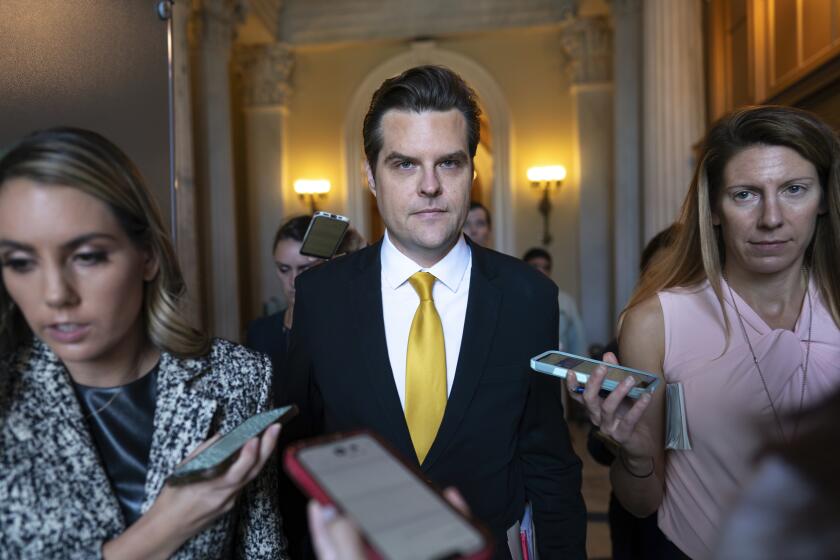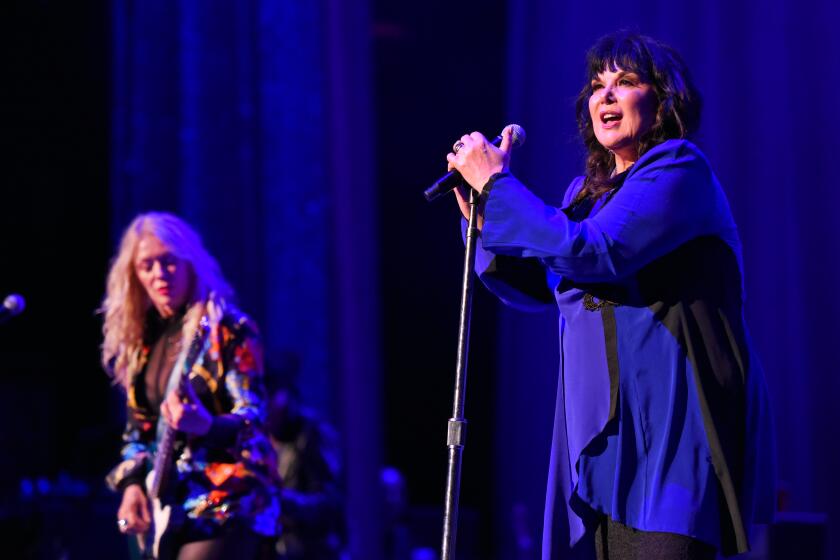Op-Ed: ‘Doctor Strange’ and the tiresome, stereotypical journey east to discover magical Asian awesomeness
âAfter Western medicine failed me, I went east,â Benedict Cumberbatchâs character declares portentously in the new Marvel film âDoctor Strange.â His love interest, Dr. Christine Palmer (Rachel McAdams), looks surprised, but she shouldnât be. Would-be white superheroes are always gallivanting off to Tibet or Japan or China to discover enlightenment/martial arts abilities/mystical, magical awesomeness. So has it been, so, apparently, shall it ever be â at least as long as we keep rebooting the same boring Western heroes and their same tired narratives.
The crowded superhero pilgrimage to points east began almost as soon as heroes began to get super, according to comics scholar Chris Gavaler. Will Eisnerâs early Superman rip-off, Wonder Man, got his powers from a magic Tibetan ring in 1938. The Green Lama and Amazing-Man followed quickly in his footsteps, just about tripping over each other in their rush for Eastern mojo.
Stan Lee and Jack Kirbyâs first superhero, Dr. Droom, was trained in the occult by a Tibetan monk in 1961. Later, Lee and Kirby whooshed supervillain Dr. Doom to the same location. No doubt, the Tibetans were waiting for Doctors Voom, Vroom, Doon and Drool to show up. Instead, they got Thunderbolt, Doctor Strange, Iron Fist and Watchmenâs Ozymandias, who learns to catch bullets in the mountainous venues.
From Wonder Man on, the East, in superhero lore, isn’t a place where heroes live. Instead, it’s a giant reservoir of super origin stories for white people.
You might think that contemporary superhero films, produced in a supposedly more enlightened age, would find a different, less-clichĂŠd, less-stereotypical way to deliver superness to their protagonists. But no; the caped stampede hasnât slowed.
Christopher Nolanâs âBatman Beginsâ (2005) had Bruce Wayne head to Bhutan to learn ninja skills â because Asia is all the same anyway, and who can remember where ninjas are from, right? Netflixâs âDaredevilâ (2015), like its namesake comic, gave its hero ninja training too â and now âDoctor Strangeâ and the forthcoming âIron Fistâ series are dipping their white heroes in the familiar Tibetan well.
From Wonder Man on, the East, in superhero lore, isnât a place where heroes live. Instead, itâs a giant reservoir of super origin stories for white people. At best, Asians get to be teachers or servants or helpers, like mystic librarian Wong (Benedict Wong) in âDoctor Strange.â Batman, Daredevil, Wolverine, Elektra â white people are always better Asians than Asians. This is the logic of white supremacy: Take any martial art, any system of knowledge, any skill set and white people will be better at it than anyone else.
Folks in Tibet or Japan have knowledge and power in superhero stories, but they canât use that knowledge and power to do heroic things themselves. Instead, itâs up to the white guy to save them. (Hong Kong in âDoctor Strangeâ has no super-team of its own and has to wait around for Cumberbatch to rescue it.)
Adding insult to injury, Asian faces often are in remarkably short supply in these Asian locales. Many Asian American writers have criticized âDoctor Strangeâ producers for their decision to cast Tilda Swinton, a white woman, as the Ancient One, an all-too-rare Asian character in Marvelâs universe. Raâs al Ghul, who is supposedly from the Middle East, was played by Liam Neeson in âBatman Begins.â
This is why the pop-culture journalist Keith Chowâs suggestion to cast an Asian American actor as Iron Fist, a.k.a. Danny Rand, resonated so strongly. A martial arts expert who studies in Tibet, Danny Rand was always essentially a whitewashed Asian â white only because white audiences and white creators canât imagine anything but white heroes. Tapping a Tibetan American actor, or an Indian American one, who over the course of the story explored his roots, would have been a way to address the characterâs racist presuppositions. For the same reason, Marvel would have done well to cast an Asian American actor as Doctor Strange.
But it didnât. Instead, Marvel did the backward-looking thing and tossed another white guy into Tibet. âForget everything you think you know,â Mordo tells Doctor Strange, even as the film recycles the usual tropes, not least in casting Nigerian British actor Chiwetel Ejiofor to play Mordo â second banana to the pale-skinned lead.
Maybe, instead of tweaking their by-the-numbers scripts, Hollywood could take a risk on something truly different. G. Willow Wilsonâs âMs. Marvelâ comic, about a Pakistani American teen with stretching powers, has shown that thereâs an audience for new heroes, and new Asian American heroes.
If they had just a touch of imagination, superhero filmmakers could figure out some fresh paths, rather than sending all their properties to tread in that deep rut, east and back again.
Noah Berlatsky is the author of âWonder Woman: Bondage and Feminism in the Marston/Peter Comicsâ and âYour Favorite Superhero Sucks.â
Follow the Opinion section on Twitter @latimesopinion and Facebook
More to Read
A cure for the common opinion
Get thought-provoking perspectives with our weekly newsletter.
You may occasionally receive promotional content from the Los Angeles Times.










